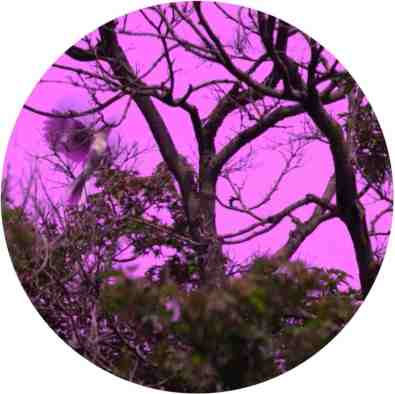 Harvard staff writer Anne J. Manning writes about an event with the author and illustrator of this new book, discussing their remarkable collaboration:
Harvard staff writer Anne J. Manning writes about an event with the author and illustrator of this new book, discussing their remarkable collaboration:

CalTech’s Kip Thorne and Chapman University’s Lia Halloran visit Harvard to discuss their collaboration. Kris Snibbe/Harvard Staff Photographer
Nobel-winning physicist, artist illustrate universe’s ‘warped side’
New book seeks to demystify complex science from black holes to time travel
Nobel Prize-winning astrophysicist Kip Thorne has spent his career describing, through mathematics, some of the deepest mysteries of the universe. His latest project takes on similar material, but through poetry and paintings.

© 2023 by Lia Halloran
A nearly two-decade collaboration with artist Lia Halloran has extracted from Thorne’s brain the pictures that accompany those highly technical descriptions and brought them to life in their new book, “The Warped Side of the Universe: An Odyssey Through Black Holes, Wormholes, Time Travel, and Gravitational Waves.” The weighty tome blends complex science with whimsical art and features more than 300 ink-on-film paintings by Halloran alongside poetry by Thorne.

Paintings that accompany the poems “A Black Hole is Made from Tendices/of Stretching and Squeezing Space and/ a Chaotic Singularity” and “When Orbiting Black Holes Collide:/Spiraling Vortices/ Morph into Gravity Waves.” © 2023 by Lia Halloran
Thorne, the 2017 Nobel laureate in physics and emeritus theoretical physics professor at the California Institute of Technology, and Halloran, associate professor at Chapman University, shared the story behind their partnership at a Harvard Science Book Talk last week, moderated by MIT physicist and humanities Professor Alan Lightman (one of Thorne’s former students at CalTech).
The book, said Thorne, is not meant to teach the particulars of astrophysical concepts, but rather to “convey the essence of the ideas, the feeling, the experience of the ideas, without going into the technical details — like I do in my other life.” Continue reading →






























